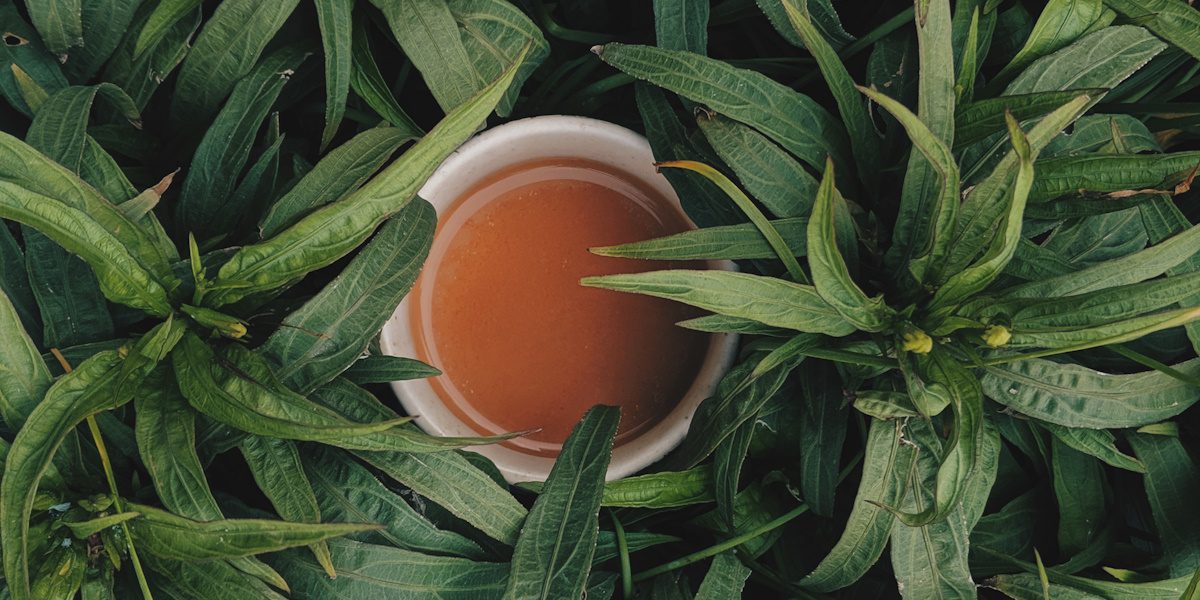The daily morning tea round has become as important to the successful running of DMC HQ as it has to the everyday life for the British public and millions of people around the world. It has become a cause of contention – who is going to volunteer to make the round at 9.10am when you are likely to be lumbered with up to 12 cups at one time?? And heaven forbid you break the chain and (selfishly) make just one cup…. looks of disapproval will be shot around the office and you may face public ridicule! So how has this little leaf made its way into the heart of British life??
The story of how this little leaf made its way into the heart of British life is a colourful tale that crosses nations….According to legend, consumption began in the East – in China in 2737BC and in Japan by Buddhist monks. The Portuguese were the first Europeans to start consuming tea and bringing back small samples when they were living and trading in the East. But it was in fact the Dutch who had the commercial insight, perhaps with some premonition that tea was to become big business, and began shipping consignments of tea from China to Holland.
The Brits were pretty slow on the uptake but it was one Portuguese princess; Catherine of Braganza, who married Charles II who made it desirable among the wealthy and soon enough the East India Company began importing tea back to Britain and before you could say ‘quintessential’ cups and saucers were lining up in every home in Britain.
Nowadays the varieties are endless and production and trade of tea is big business. Some of the more obscure tea rituals around the world include:
- ‘Brick Tea’ is drunk in Mongolia and Tibet, brewed with water and yak buttermilk, salt, butter and roasted grain. This thick rich infusion is drunk from a bowl not a mug.
- The Russians brew their tea with a samovar (a form of urn) then dilute it when served and accompany it with sugar or jam.
- In Turkey, cubes of sugar are placed under the tongue before drinking tea and there is great importance placed on young women being able to brew tea correctly.
- Moroccans have a strong tea culture fixed around green and mint tea leaves brewed with sugar in small metal tea pots and poured from a height into small glasses. Moroccan mint tea has become a popular as a digestive aid after a large meal.
- In Japan the most popular tea is green tea, also becoming a popular choice in the UK, advocated for its high antioxidant and health benefits.
- Indian chai is milky and sweet and can be bought in small paper cups from every street corner, train station and roadside stall in India. Brewed in a brass pot, the milk is infused with cinnamon, cloves, nutmeg, cardamom and sugar and is just a few rupees for a cup.
- Afternoon tea is served in Sri Lanka and India alike. In ‘tea houses’ and accompanied by chapatti style pancakes called ‘hoppers’ and curry.
I’m a committed patron of the Great British tea tradition. English Breakfast, Yorkshire or plain old ‘Builders’, strong yet milky and preferably accompanied by a digestive or chocolate hob-nob for dunking…. Nothing beats it….and with that, I might put the kettle on!
Top image via uteart




